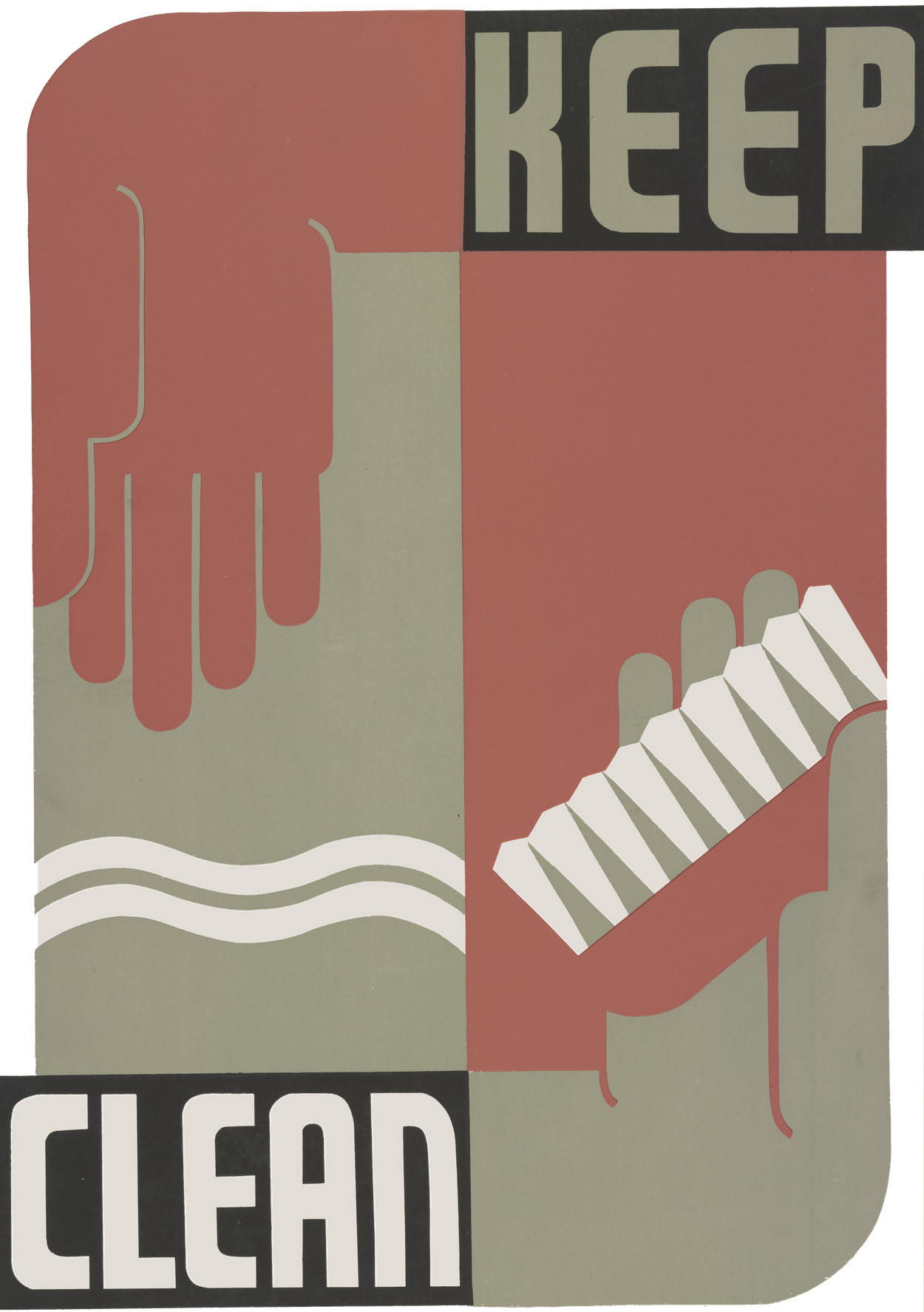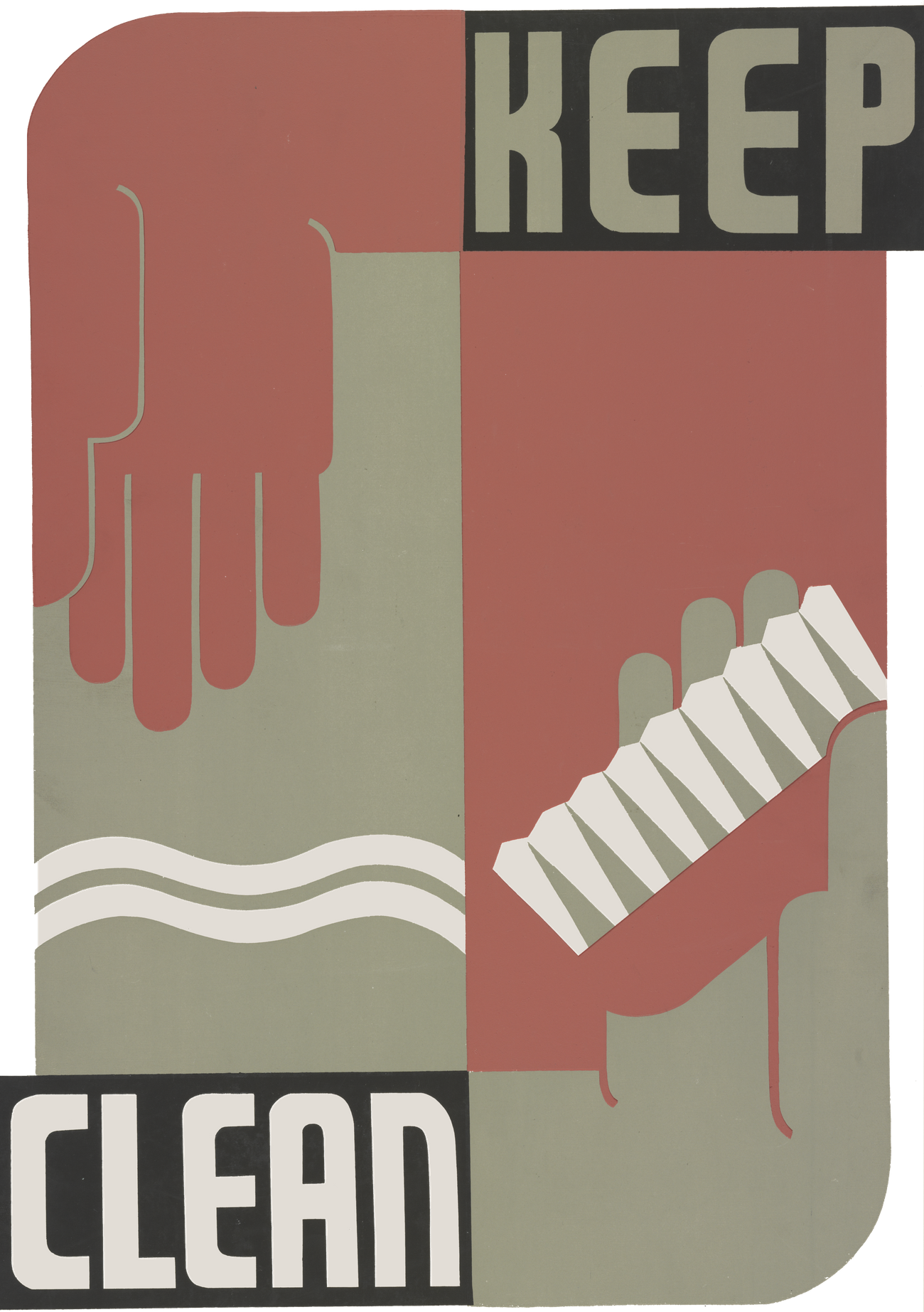Healing Hands
Jewish law—and my own obsessive-compulsive grandfather—can teach us valuable lessons that apply to today’s pandemic




My grandfather was an obsessive handwasher.
Yakov Elyas washed his hands on coming into the house. He washed his hands before meals, and after. He washed his hands before going to bed. He would then get up, and wash his hands several times, before he finally felt sufficiently clean to fall asleep. He even washed his money and hung it out on a line to dry, an idiosyncrasy that our family refers to as “money-laundering.”
I have been thinking a lot about my grandfather’s handwashing as we contemplate lockdown during the COVID-19 pandemic. It looks like handwashing is going to remain a key measure, if we are to protect ourselves and our loved ones before the introduction of a vaccine. I’ve also been thinking about Judaism’s special ritual of handwashing, netilat yadayim, and whether it can lead us to better forms of connection with each other and the world, once we resume contact, post-lockdown.
My brother, a psychiatrist, posthumously diagnosed our grandfather’s repeated handwashing as obsessive-compulsive disorder. But coronavirus has given us ample opportunity to remember that meticulous handwashing makes a good deal of scientific sense. Yakov’s repetitive behavior probably started after a bad bout of food poisoning. He picked this up either when he was in a refugee camp in Bombay, where he was evacuated along with other Singapore Jews during WWII, or on the journey there, on what turned out to be the very last ship to leave Singapore before the Japanese occupied the island city.
Science made the connection between handwashing and infection surprisingly late, only in the 1800s. A physician working in a Viennese maternity hospital, Ignaz Semmelweis, noted very different death rates from “childbed fever” among those women whose deliveries were performed by female midwives, versus those delivered by male doctors, who came straight from autopsies, with inadequately washed hands. Ironically, Semmelweis, who some believe faced skepticism for his views because he was Hungarian and could have been Jewish, himself may have died in part from a wound on his hand that became infected.
A WHO study of adherence to hand hygiene among health workers found greater compliance when it was religiously or communally prescribed, rather than when it was left as a matter of personal preference or even scientific decree. Judaism includes one of the oldest religious handwashing rituals. Deriving from requirements of priests in the Temple, it then extended to all Jews. The Companion to Jewish Religion gives “HANDS, WASHING OF” its own entry. As for my grandfather, netilat yadayim is stipulated on many occasions, indeed many of his occasions: on waking, before prayer, before eating—particularly bread; after going to the bathroom; after contact with the dead; at the beginning of Shabbat. There are precise, though differing, instructions about how water should be poured, how many times, and on whether the left hand or the right hand should lead. Coronavirus has seen a revival of this level of talmudic debating about handwashing. Is antibacterial soap really better than regular soap? Where exactly should we wash—fingernail scrub, too? up to our elbows? How do we turn on the faucet with dirty hands, and turn it off with still clean ones? Public health information videos have turned this most simple and daily of tasks into a complex and arcane ritual.
While there may be debates over the how of handwashing, the rabbis are in fierce agreement about its necessity. The Babylonian Talmud says that one who “demeans the ritual washing of the hands” incurs divine punishment, poverty, and is “uprooted from the world.” Eating bread before washing your hands is said to be like having sex with a prostitute. Conversely, we are led to believe that copious handwashing will be repaid in “handfuls of prosperity”—a nicely balanced metaphor that sweetens the medicine. In the section of his Mishneh Torah entirely devoted to hands, Maimonides spells out that, from touching sources of impurity, our hands themselves become sources of impurity, imparting contagion to everything they touch.
My journey into my grandfather’s past has encouraged me to connect his renowned handwashing with his Baghdadi Jewish migrant background and the mitzvah of netilat yadayim. For Yakov, handwashing was a way to render clean what he called “foul.” Handwashing was the horizon, the dividing line between a dirty and a pure world. In her study of dirt and the rituals of purification, Purity and Danger: An Analysis of Concepts of Pollution and Taboo, the anthropologist Mary Douglas shows that dirt is cultural as much as it is personal. Religions and societies decide—and decide differently—what needs cleaning and how to clean. Douglas was not Jewish, but she couldn’t resist the rich connotations of the Talmud’s distinction between what’s holy or pure, kadosh (meaning that which is “set apart”), from what should be purified, tebhel (meaning that which is “mixed” or “confused”). Douglas asks us ultimately to consider how washing ourselves free of dirt symbolizes the attempt to impose boundaries in an inevitably mucky, messed-up world.
Living in the mahallah of Singapore, the Jewish area of what was a very culturally diverse island city, Yakov adhered to traditional Baghdadi Judaism. Yet he balanced this against his own mixed marriage to a Chinese migrant, who converted, and herself kept basic food laws and other mitzvot (though not handwashing), more fully than Yakov himself. Yakov’s handwashing seems to have been a way to guard against too much tebhel. He had several bars of soap outside his house, increasing in strength, which he would ask visitors to use in successive order. But much as we are being advised to do now, my grandfather practiced social distancing from his own children, worried about the spread of their germs to him as an older father. His “clean” and “unclean,” in other words, was not a division between “us” and “them,” or between obsessive ritual and practical science. Handwashing was instead, I think, his system of purification, albeit unconscious, combining ancient and modern meanings, science and psyche.
Douglas says that cleaning behaviors like handwashing are never simply science, obsession, or ritual. Instead, she writes, “dirt-avoidance is a creative movement, an attempt to relate form to function, to make unity of experience.” In washing our hands, we connect the function of cleaning to the form of purifying. Hands are physical, and they are symbolic. A part of our body, they are the extremity that primates have over other animals and that allow us to pick up and use tools. In Judaism, we avoid handling the sefer torah, touching it with our hands; yet we speak of the pointer as a symbolic “hand,” yad. We understand the symbolism of hands and handwashing, how the physical can shade into the symbolic.
For me, the ritual of netilat yadayim has become both a hygienic demand and a symbolic ritual. The benediction we recite as we wash our hands: “Blessed are You, Lord our God, King of the universe, who has sanctified us with Your commandments, and commanded us concerning the washing of the hands,” takes me about the requisite 20 seconds to say. But netilat yadayim means not “cleaning of hands”—too literal for Judaism—but “raising up of hands.” The Hebrew is a smichut, a compound noun. Washing hands is a compound activity: medicine and ritual; physical and symbolic. Done as a spiritual activity, at dedicated times during our day, it’s an act that distinguishes us as Jews and that can sanctify. We are raised up, blessed in our washing of hands.
Netilat yadayim is both a sanctification and a commandment. It’s imperative particularly after the activities anciently prescribed, still holding pretty true. It’s a gift when we think about those who can’t wash their hands, especially now: the homeless; those in refugee camps; all those without running water, for whom the horizon recedes. When you think deeply about it, the coronavirus seems in many ways a sign of our messed-up forms of contact in the world: our exploitation of animals (was it eating pangolins or bats that caused it?); our frenetic globe-trotting (how quickly it spread from country to country); perhaps, as we long for a return to the physical presence, the touch of distant loved ones, that we might need to really prize our most intimate connections.
So we might think in this mitzvah, not that we are washing the physical dirt of the world from our inherently clean selves. In Judaism, there is no idiom for washing our hands of something, as in freeing ourselves of responsibility. Rather, we are washing our hands, our body’s tools for engaging with the world, to learn how to handle it and each other better, physically and symbolically. We can use our hands to spread healing now instead of contagion. We are cleaning up our act, making ourselves holy, and in turn learning how to make the world whole again.
Jay Prosser is working on a book about his Asian-Jewish family. He is a reader in humanities at the University of Leeds.